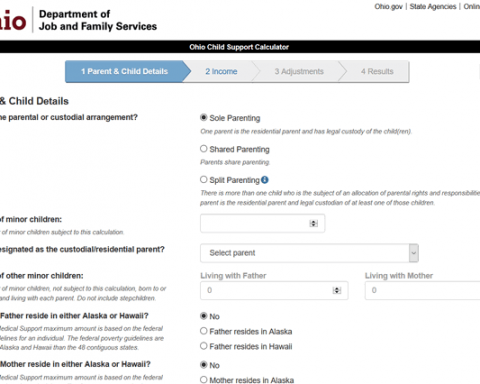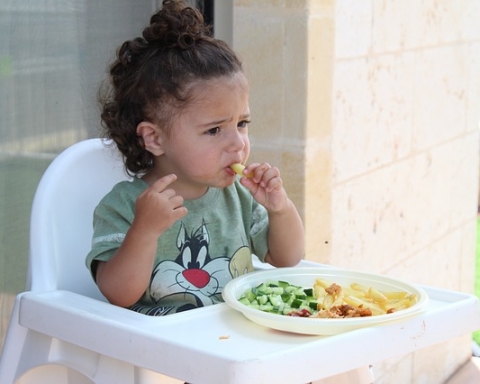In Ohio State, shared parenting is a legal procedure that is conducted based on the premise that children are better off being raised by both parents rather than just one parent. It requires both parents to work together after divorce.
Shared parenting in Ohio can operate through either joint custody, with specified schedules that incorporate the child’s schedules into the lifestyles of each parent as outlined here, or it can use court-allocated visitation time schedules.
Divorce is not an easy path, but the goals of shared parenting are to protect the children from imminent conflicts between the parents and to provide a smooth transition during a difficult time.
Shared Parenting Schedules in Ohio
Ohio courts do not use the terms visitation and custody. Instead, they focus on parental rights and responsibilities. Shared parenting in Ohio does not necessarily imply an even fifty-fifty split of time with the child.
Rather, the parents share the responsibility of caring for the child, including making decisions regarding the child. They both determine the best way to care for their child and must arrive at a consensus on what each parent’s contribution should be. They then come up with a shared parenting plan, which they should both agree to and sign.
Shared Parenting Plans in Ohio
All shared parenting plans in Ohio aim to promote the best interest of the child. Therefore, most of the clauses in shared parenting plans focus on the child rather than the parents. The child’s relationships with the parents, siblings, and other people are taken into account as well as the child’s ability to adjust to his or her home, school, and community.
Also, read on this website:
- Ohio Shared Parenting Child Support Calculator
- How to Get Shared Parenting in Ohio?
- What Is Shared Parenting?
- What is A Parenting Plan?
- How to File a Parenting Plan in Washington State?
The court also considers the child’s wishes and the parents’ wishes for the child. Details about the parents that may affect the parenting plan include their compliance to court orders, any history of spousal or child abuse, and their flexibility in caring for the child.
The parents are required to draft a practical plan before proceeding to court to make it official. If they agree, they both sign the document and the court approves it. However, there are cases where the parents do not agree on a plan. If that is the case, they are required to attend mediation sessions in an attempt to draft a plan that works for both parents and benefits their child, as outlined in this study. If necessary, the court will intervene.
References
- Beld, Jo Michelle, and Len Biernat. “Federal Intent for State Child Support Guidelines: Income Shares, Cost Shares, and the Realities of Shared Parenting.” Family Law Quarterly 37, no. 2 (2003): 165–202. Retrieved from https://www.jstor.org/stable/25740417
- Birnbaum, Rachel, Nicholas Bala, and Francine Cyr. “Children’s Experiences with Family Justice Professionals in Ontario and Ohio.” International Journal of Law, Policy and the Family 25, no. 3 (2011): 398–422. Retrieved from https://doi.org/10.1093/lawfam/ebr014













